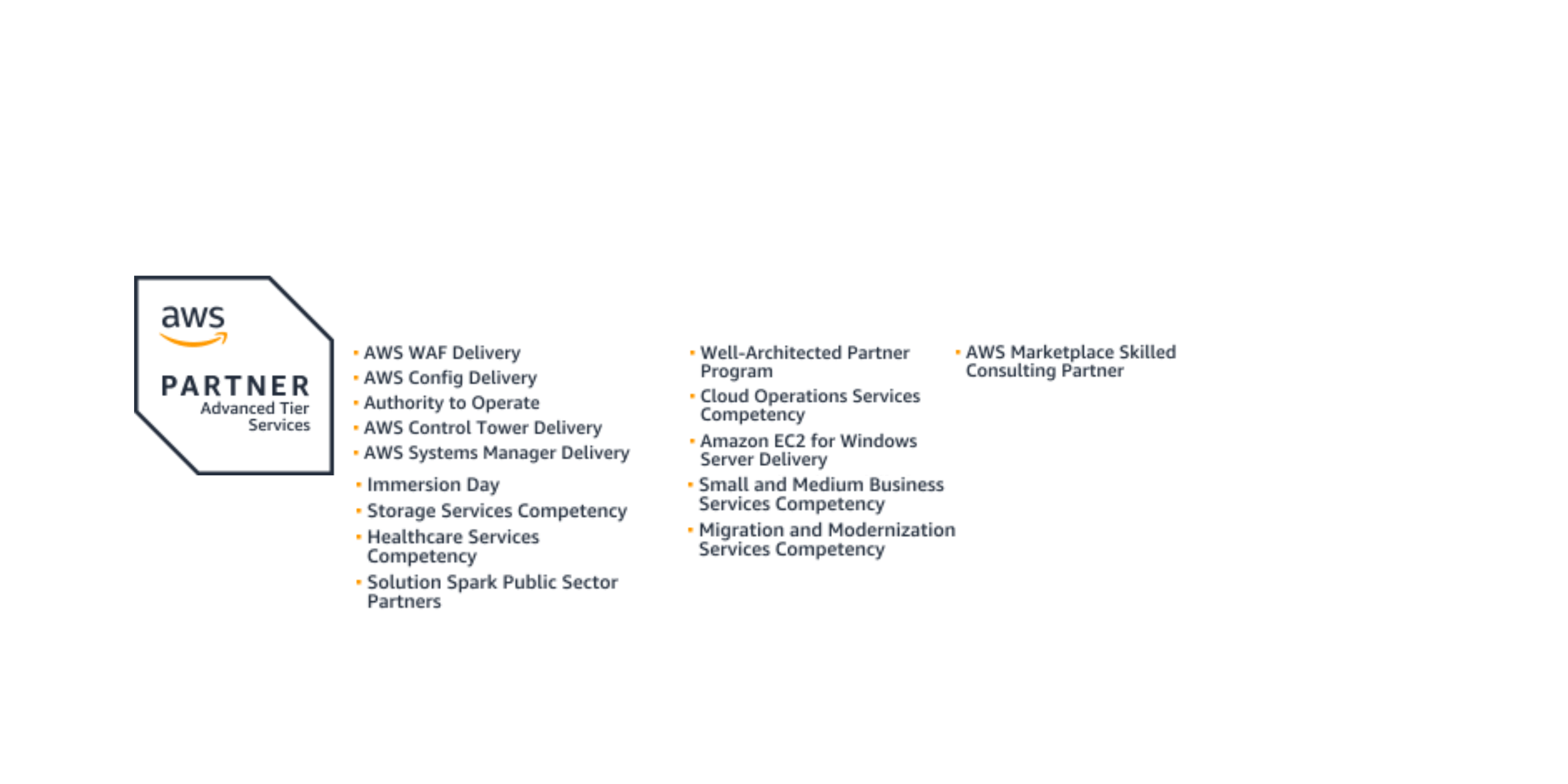Modernizing DNS Infrastructure for a Life Sciences Communications Firm
Life Sciences
Executive Summary
Aligned Technology Group (ATG) was engaged to architect and execute a DNS migration strategy, replicating all configurations into AWS Route 53 without service disruption. Through a phased approach covering discovery, validation, configuration, and knowledge transfer, ATG delivered a cloud-native DNS foundation, improving operational efficiency and preparing the organization for future integrations, automation, and cloud transformation.
Customer Overview
A New Jersey-based healthcare communications firm provides strategic services to organizations in the life sciences sector. Specializing in medical education, digital engagement, and market access support, this company delivers tailored solutions that bridge the gap between clinical data and effective patient care communications.
Situation
The healthcare communications firm was managing over 70 domain names through GoDaddy, used to support various marketing and outreach initiatives. As their infrastructure matured, the company recognized the need for centralized and scalable DNS management to streamline operations, improve reliability, and prepare for future growth. Their existing DNS setup lacked automation and made it challenging to manage changes across multiple domains efficiently.
Task
The firm engaged Aligned Technology Group (ATG) to design and implement a DNS migration strategy. The primary goal was to replicate DNS configurations from GoDaddy into AWS Route 53 by creating 70 hosted zones. This setup would prepare them for a future cutover while ensuring zero service disruption, DNS integrity, and easier management.
Action
ATG initiated a multi-phase DNS preparation and migration project, which included:
Pre-Migration Assessment:
-
Identified 70 active domain names hosted on GoDaddy.
-
Verified domain ownership and access credentials to both GoDaddy and AWS Route 53.
-
Collected existing DNS records (A, CNAME, MX, TXT, NS, etc.) from GoDaddy for each domain.
AWS Route 53 Setup:
-
Created 70 hosted zones in Route 53 corresponding to each GoDaddy-managed domain.
-
Imported and validated all DNS records into the respective hosted zones.
-
Configured SOA, NS, and TTL values based on AWS and industry best practices.
Testing & Validation:
-
Conducted thorough internal testing using dig and nslookup commands to confirm zone integrity.
-
Cross-validated DNS configurations against existing GoDaddy records for accuracy.
Documentation & Handover:
-
Delivered a comprehensive DNS Inventory Report.
-
Provided a step-by-step guide for updating NS records in GoDaddy during cutover.
-
Conducted a final knowledge transfer session for the firm’s IT team to ensure self-sufficiency.
ATG Engagement & Expertise
- Cloud DNS Architecture – Built scalable, cloud-native DNS architecture using AWS Route 53.
- DNS Migration Readiness – Conducted pre-migration assessments and synchronized record sets across systems.
- Technical Validation – Ensured zero downtime and validated DNS propagation integrity.
- Documentation & Knowledge Transfer – Provided clear operational documentation and client enablement sessions.
- Time & Material Efficiency – Completed project under a cost-effective T&M engagement estimated at $5,600.
-
Result
ATG successfully delivered a DNS architecture ready for future cutover, empowering the healthcare communications firm with improved control and scalability across its domain portfolio. The implementation of AWS Route 53 enabled better operational efficiency and prepared them for future integrations and automations. This DNS modernization effort set the stage for a smoother cloud transition and minimized future risks tied to decentralized domain management.

Last Updated on April 14, 2025 by Lauryn Colatuno

